Sauna vs. steam room—both have become iconic symbols of wellness, offering unique health benefits. While both provide heat therapy, which can promote relaxation, detoxification, and muscle recovery, they function differently and have distinct advantages depending on your needs. In this comprehensive guide, we’ll compare saunas vs. steam rooms, discuss their health benefits, provide usage tips, and highlight safety precautions to help you get the most out of your heat therapy sessions.
1. Introduction: The Timeless Appeal of Heat Therapy
Saunas and steam rooms have been popular for their therapeutic effects, ranging from stress relief to detoxification. As wellness practices, they have expanded beyond spas to homes, gyms, wellness centers, and luxury resorts. For businesses, offering these heat therapy options can significantly elevate the customer experience. Investing in high-quality saunas and steam rooms not only enhances wellness but also opens up new avenues for customer engagement. If you’re considering bulk orders for your wellness business, Veritasolus offers premium sauna and steam room solutions designed for both residential and commercial spaces.
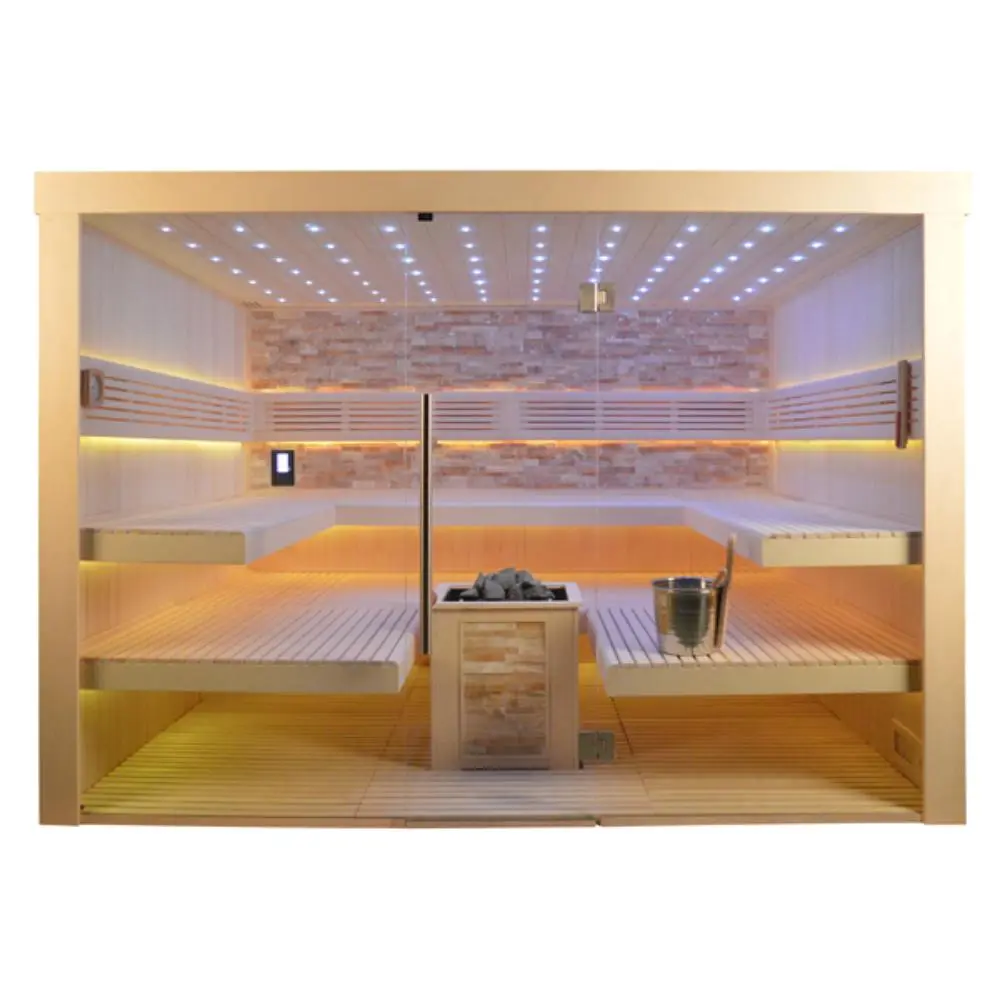
2. Sauna vs. Steam Room: What’s the Difference?
What is a Sauna?
A sauna is a small room designed to be heated to high temperatures, typically between 70°C and 100°C (158°F to 212°F). The heat in saunas is dry, with humidity levels often below 20%. Traditional saunas use heated stones, while modern versions include infrared saunas that heat the body directly without warming the surrounding air.
For businesses looking for traditional sauna solutions, the Home Sauna China SR3066-AS – provides high-quality, durable sauna rooms ideal for both residential and commercial installations.
What is a Steam Room?
A steam room, on the other hand, operates at lower temperatures (around 40°C to 50°C or 104°F to 122°F) but with 100% humidity. Steam rooms are sealed environments where water is boiled to create steam, enveloping the body in moist heat.
3. Health Benefits of Saunas and Steam Rooms
Both saunas and steam rooms offer impressive health benefits, but they work differently due to variations in temperature and humidity.
Common Benefits:
- Improved Circulation: Heat dilates blood vessels, enhancing circulation.
- Stress Relief: Heat therapy triggers the release of endorphins, promoting relaxation.
- Muscle Recovery: Eases muscle tension and reduces soreness post-exercise.
- Detoxification: Induces sweating, which helps expel toxins.
Unique Benefits of Saunas:
- Cardiovascular Health: Regular sauna use can improve heart function and reduce blood pressure.
- Metabolic Boost: Higher temperatures can slightly increase metabolism.
- Deeper Muscle Penetration: Dry heat penetrates muscles more effectively, aiding recovery.
If you’re exploring innovative sauna solutions, the salt sauna manufacturer-HS3020 offers saunas that combine traditional heat therapy with the added benefits of salt, known for its respiratory and skin health benefits.
Unique Benefits of Steam Rooms:
- Respiratory Relief: Excellent for sinus congestion, asthma, and bronchitis due to moist air.
- Skin Hydration: The humidity opens pores and hydrates the skin, leaving it supple.
- Mucus Clearance: Steam helps loosen mucus in the airways, improving respiratory function.
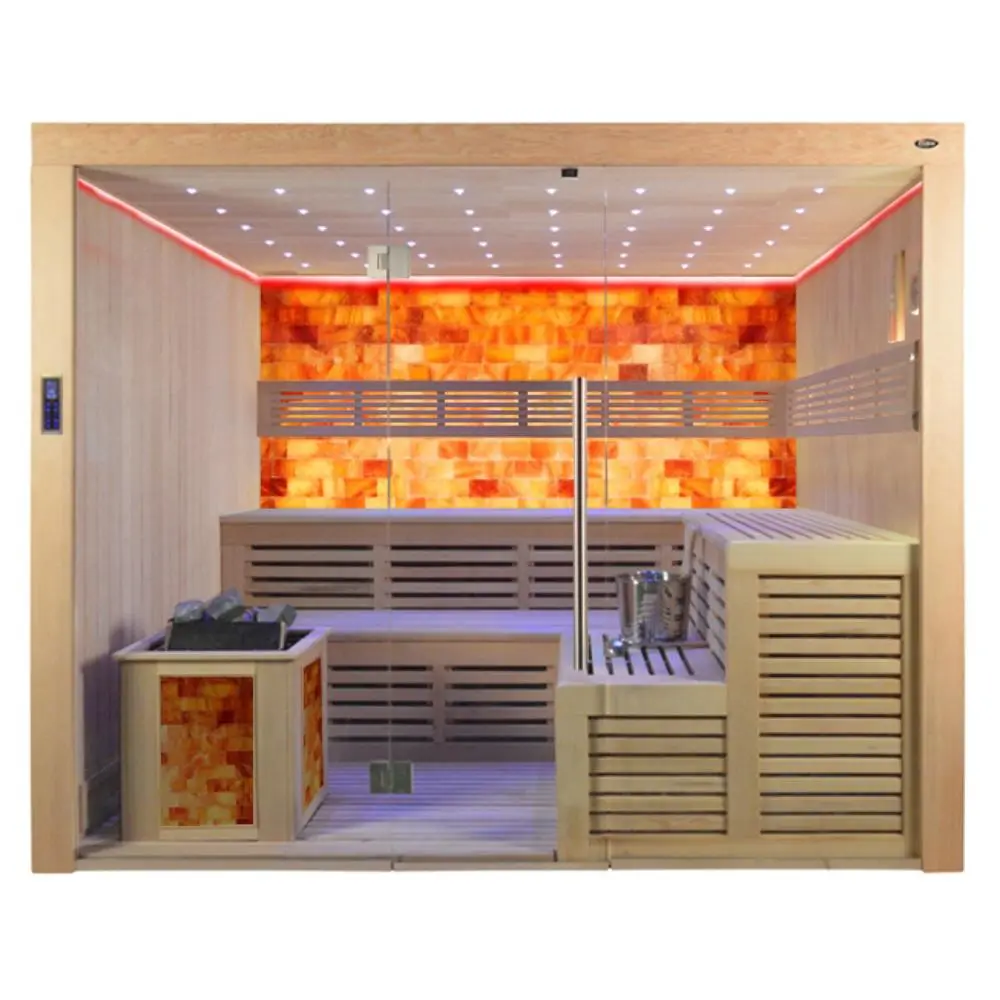
4. How to Use a Sauna Properly
Using a sauna correctly maximizes its benefits while ensuring safety.
Preparation:
- Hydrate: Drink water before entering to prevent dehydration.
- Shower: Rinse off to remove oils, sweat, and dirt from your skin.
- Attire: Wear a towel or light swimsuit. Always sit on a towel for hygiene.
During the Session:
- Duration: Start with 8–10 minutes if you’re new. Experienced users can go up to 15–20 minutes.
- Position: Sit or lie on a towel. Higher benches are hotter, so choose based on comfort.
- Relax: Focus on deep breathing to enhance relaxation.
For commercial buyers, the infrared sauna wholesalers-CS1063 offers efficient and space-saving infrared sauna models that provide excellent therapeutic benefits while being energy-efficient.
Post-Sauna:
- Cool Down: Take a cold shower or dip in a plunge pool to stimulate circulation.
- Rehydrate: Drink water or electrolyte-rich beverages.
- Rest: Allow your body to relax for 20–30 minutes before resuming activities.
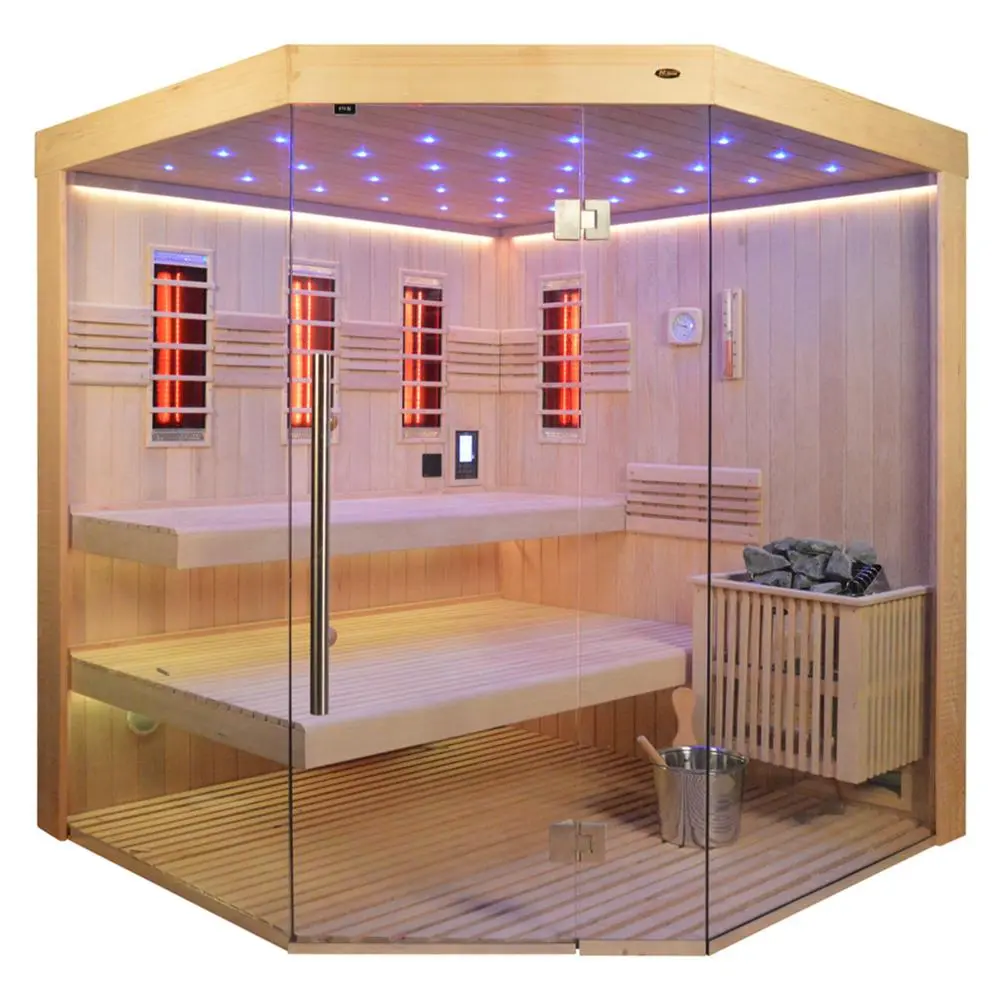
5. How to Use a Steam Room Properly
Steam rooms require slightly different protocols due to their high humidity.
Preparation:
- Hydrate: Moist environments can be deceiving, so drink plenty of water beforehand.
- Clean Skin: Shower to remove products that could block pores.
- Dress Lightly: Use a towel or wear minimal clothing to allow your skin to breathe.
During the Session:
- Duration: Limit sessions to 10–15 minutes. The high humidity can make it feel hotter than it is.
- Breathing Techniques: Inhale deeply to clear nasal passages and improve lung function.
- Posture: Sit comfortably with your back supported.
Post-Steam Room:
- Cool Down: Similar to sauna protocols, cool off with a cold shower to balance your body temperature.
- Rehydrate: Replace lost fluids with water or herbal teas.
6. Which Is Better for Your Health: Sauna or Steam Room?
For Cardiovascular Health:
- Winner: Sauna
Dry heat improves heart function, reduces blood pressure, and increases circulation.
For Respiratory Issues:
- Winner: Steam Room
The moist environment soothes irritated airways, helping with asthma, allergies, and congestion.
For Skin Health:
- Winner: Steam Room
High humidity opens pores, hydrates the skin, and promotes a healthy glow.
For Muscle Recovery:
- Winner: Sauna
Deep heat penetrates muscles, reducing soreness and improving recovery post-exercise.
7. Combining Sauna and Steam Room: The Ultimate Wellness Routine
Can you use both in one session? Yes! Here’s how to maximize the benefits:
- Start with the Sauna: Dry heat warms your muscles deeply.
- Cool Down: Take a cold shower to stimulate circulation.
- Move to the Steam Room: Moist heat relaxes the respiratory system and skin.
- Hydrate Between Sessions: Drink water throughout to stay hydrated.
For businesses looking to diversify their wellness offerings, the salt sauna factory-HS3024 provides high-quality salt saunas that can complement traditional heat therapies in spas and wellness centers.
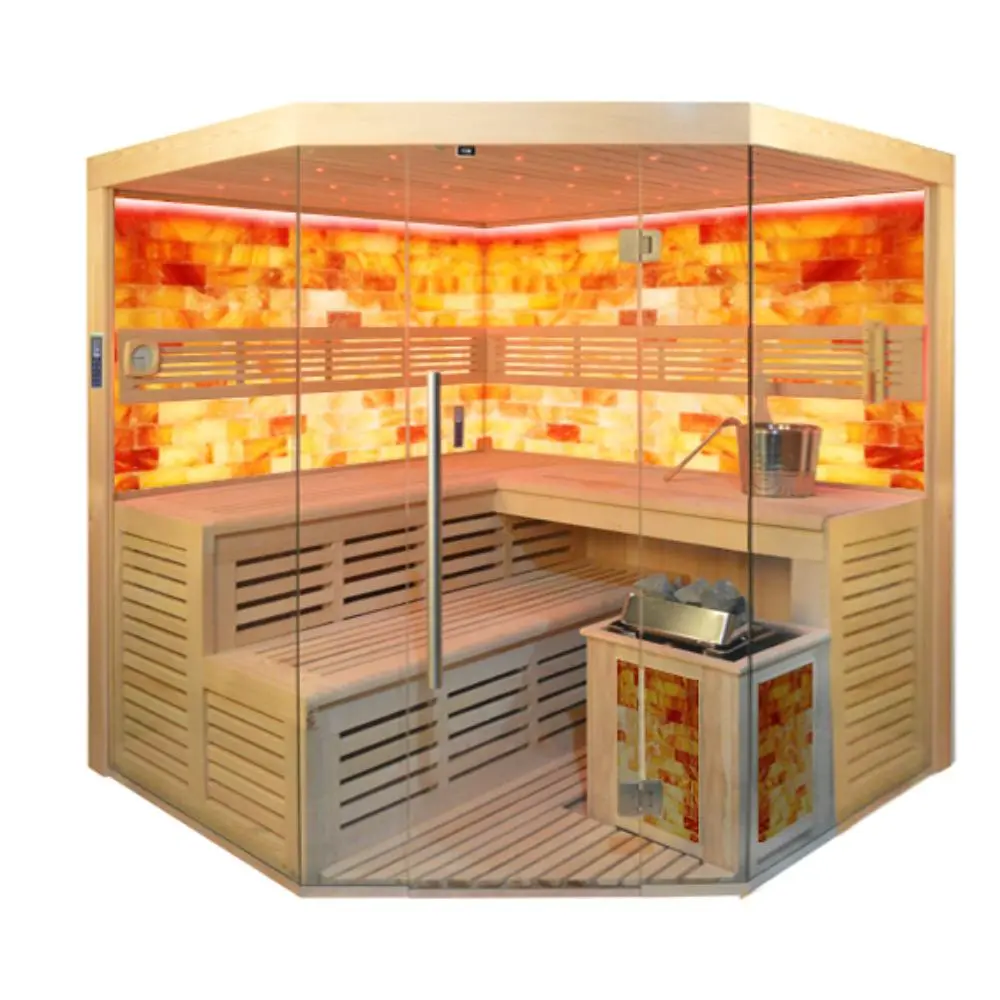
8. Safety Tips for Sauna and Steam Room Use
- Stay Hydrated: Dehydration is the most common risk. Always drink water before, during, and after sessions.
- Know Your Limits: Limit sessions to 15–20 minutes. Beginners should start with shorter durations.
- Medical Conditions: Consult a doctor if you have heart conditions, are pregnant, or suffer from respiratory issues.
- Avoid Alcohol: Alcohol increases the risk of dehydration and overheating.
9. Sauna vs. Steam Room for Weight Loss: Myth or Reality?
While both induce sweating, any immediate weight loss is primarily water weight. However:
- Sauna: Slightly boosts metabolism due to increased heart rate.
- Steam Room: Promotes temporary weight loss through water loss.
For sustainable weight loss, saunas and steam rooms should complement a balanced diet and regular exercise.
10. Maintenance and Hygiene: Key for Buyers
Sauna Maintenance:
- Regularly clean wooden surfaces to prevent bacteria buildup.
- Check heaters for efficiency and safety.
Steam Room Maintenance:
- Prevent mold by controlling humidity levels.
- Clean tiles and drains regularly to ensure hygiene.
For businesses, investing in low-maintenance, high-durability products reduces operational costs. Veritasolus offers commercial-grade saunas and steam rooms designed for ease of maintenance.
11. Choosing the Right Option for Your Business: Sauna or Steam Room?
Considerations:
- Space: Saunas require ventilation, while steam rooms need waterproof materials.
- Target Audience: Gyms often prefer saunas for muscle recovery, while spas favor steam rooms for relaxation.
- Budget: Installation and maintenance costs vary.
For bulk orders and custom solutions tailored to your business needs, contact Veritasolus for competitive pricing.
12. Common Mistakes to Avoid When Using Saunas and Steam Rooms
- Overusing Heat: Limit sessions to prevent dehydration and overheating.
- Neglecting Hygiene: Always shower before entering to keep shared spaces clean.
- Ignoring Hydration: Dehydration can happen quickly, even in humid environments.
13. Conclusion: Sauna vs. Steam Room – Which One Wins?
There’s no clear winner—both saunas and steam rooms offer unique health benefits. Your choice depends on personal preferences and health goals. For businesses, offering both enhances your service offerings, catering to a broader customer base.
If you’re looking to source premium saunas and steam rooms for commercial use, Veritasolus provides high-quality products with flexible bulk order options.
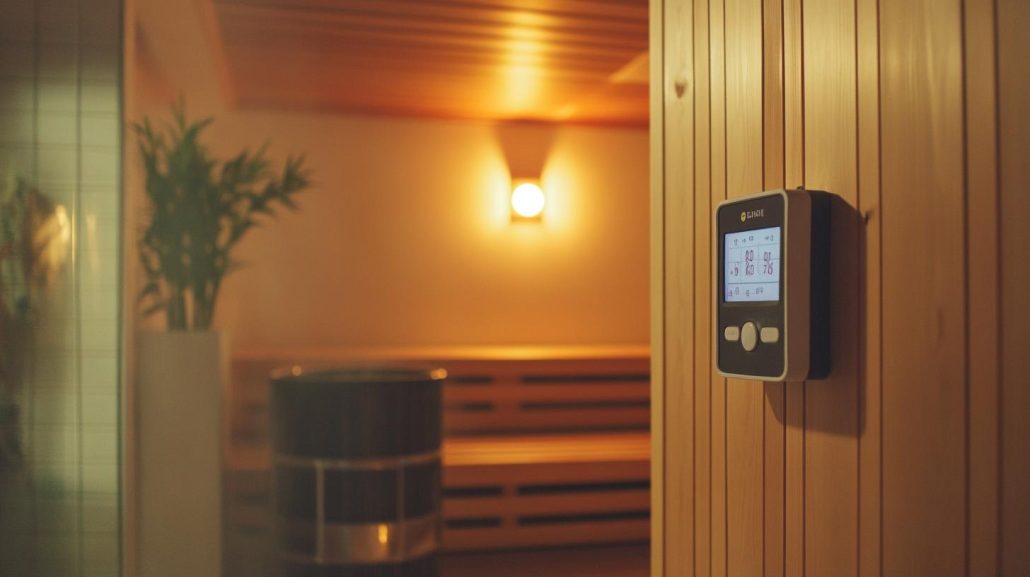
FAQs: People Also Ask
Can I use a sauna and steam room on the same day?
Yes, just ensure you stay hydrated and allow time to cool down between sessions.
Is a sauna or steam room better for weight loss?
Both aid temporary water weight loss, but long-term weight loss requires diet and exercise.
How long should I stay in a sauna or steam room?
Limit sessions to 10–15 minutes, depending on your tolerance.
Are there health risks associated with using saunas or steam rooms?
Risks include dehydration, overheating, and fainting if not used properly. Always consult a doctor if you have health concerns.
Which is better for skin: sauna or steam room?
Steam rooms are better for hydration and clearing pores, while saunas help with detoxification.
